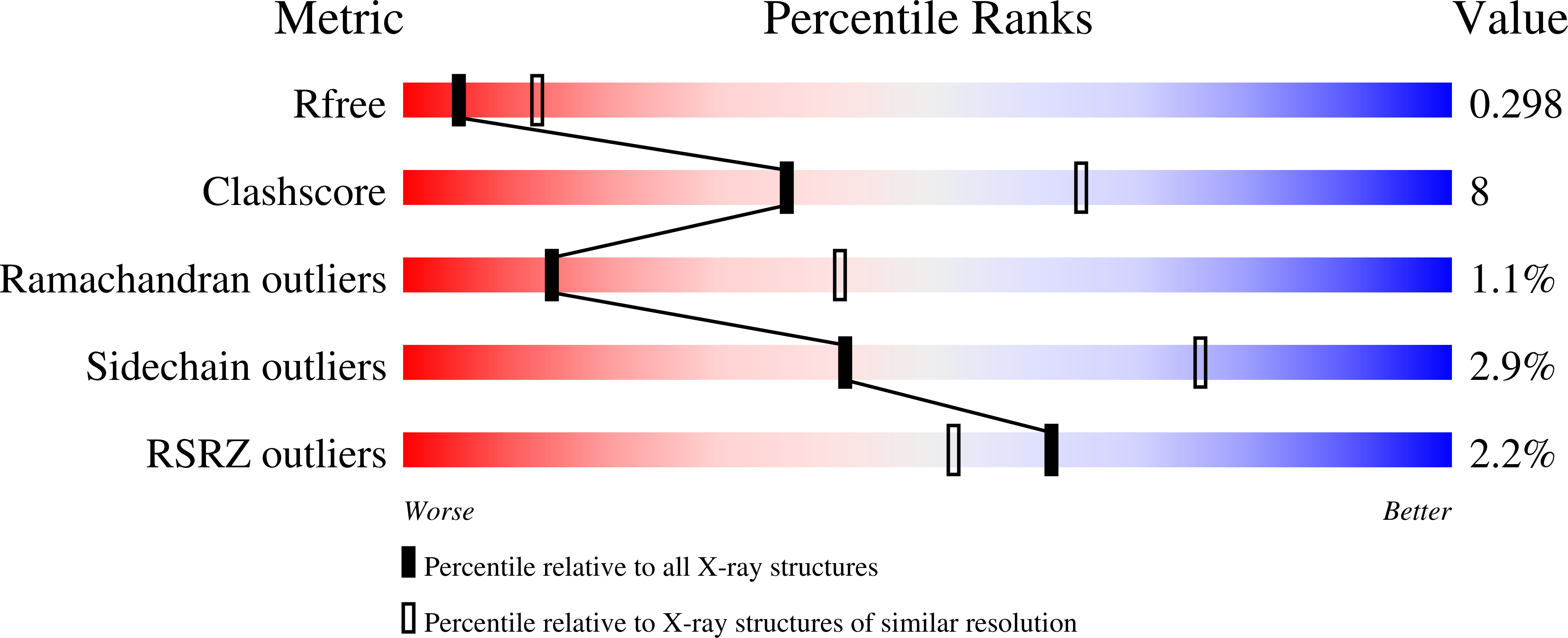
Deposition Date
2019-11-20
Release Date
2020-12-02
Last Version Date
2024-01-24
Entry Detail
Biological Source:
Source Organism:
Saccharomyces cerevisiae (Taxon ID: 4932)
Host Organism:
Method Details:
Experimental Method:
Resolution:
2.80 Å
R-Value Free:
0.29
R-Value Work:
0.21
R-Value Observed:
0.21
Space Group:
P 1 21 1


